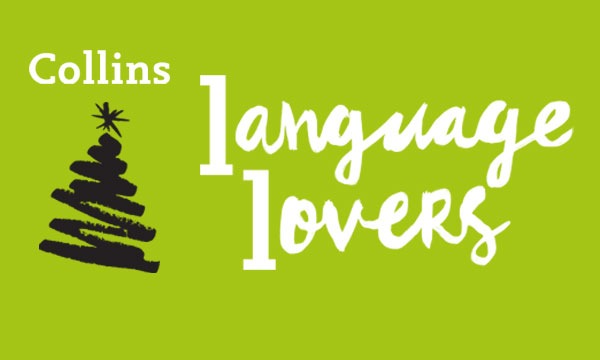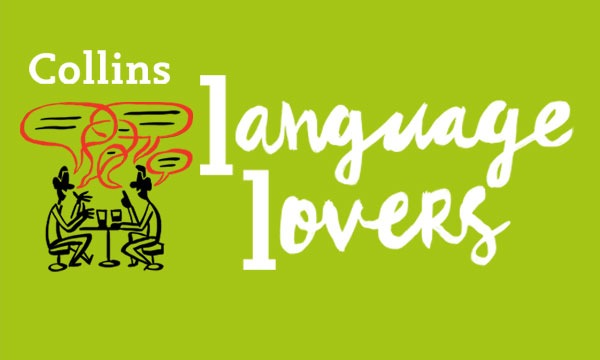Christmas is coming …
Ah! British Christmas. So cosy, so nostalgic. What’s not to love about this time of year? Christmas cards and carols and Christmas trees and cake and plum pudding and turkey and cranberry sauce and mulled wine and kissing under the mistletoe and Boxing Day walks. And if we’re lucky, snow. All so very trad, so very heart-warming, so very British.
Yet even seemingly unchangeable traditions once upon a time weren’t traditions at all. And some traditions die: it used to be the norm to put up your tree only on Christmas Eve, whereas nowadays most go up well before. Christmas markets didn’t exist in this country until a few years ago, but we’ve adopted this Continental habit with gusto.
To an extent, our modern Christmas is a Victorian invention. That’s true for the cards and the trees and the mulled wine and the turkey and the kissing under the mistletoe, which nobody knows how began. (The –toe part has nothing to do with feet, though confusing it with toes started as long ago as Old English. It’s a distorted version of the OE word tān, ‘twig’, so it’s a ‘mistle twig’.) If any of these traditions existed before, such as eating turkey, associated with Christmas even in the Tudor period, they were strengthened in Victorian times. And when we eat turkey, we’re eating a sort of misnomer: originally Turkey cock referred to a guinea fowl, and then when turkeys first arrived from across the Atlantic they were wrongly thought to be a species of that bird.
and the goose is getting fat
We share society with people of different religions and faiths or no religion at all. The shift to talking about or advertising ‘the Festive season’ rather than ‘Christmas’ arguably reflects this. One could even argue, persuasively or not, that the ‘season’ more accurately reflects what happens in the lead-up. ‘Christmas isn’t just for Christmas’, to coin a phrase.
One major ‘festive season’ celebration, on 6 December, concerns St Nicholas, the saint who ultimately morphed into Santa Klaus and is the patron saint of New York, Russia and Greece. Even today, in Belgium, and especially Flanders, Sinterklaas, dressed in scarlet bishop’s robes, sporting a luxuriant white beard and crowned with a mitre, gives presents to good children on 6 December. And in the Netherlands, apparently, about a third of the population give presents only on St Nicholas’ Day. Similar traditions obtain in the Italian-speaking cantons of Switzerland, in Northern Italy and Slovenia.
The ‘season’ sets off earlier each year in the UK. When the first Christmas jumper is donned is a personal choice, but I spotted my first one on 29 November – worn by a salesperson. Christmas Jumper Day itself falls on 13 December, a respectable twelve days before the main event.
Except, of course, that 25 December isn’t necessarily the ‘main event’ even for practising Christians. In Hispanic countries la Nochebuena (literally ‘the good night) and in France Le Réveillon de Noël are when the feasting takes place, on Christmas Eve. I remember being in Madrid one 25 December and going to the cinema that day, which provoked a mild sort of cognitive dissonance.
Please to put a penny
December is also an eventful month for Judaism. Hanukkah/Chanukah, which in Hebrew means ‘dedication’, covers eight nights and days celebrating the rededication of the Temple in Jerusalem after its recapture from the Greeks by the Maccabees in 164 bc. Central to the celebration is the ritual lighting of a hanukiah, a candelabrum with nine arms and cups, rather than the seven of the menorah. The reason the festival lasts eight days is that’s how long the small jar of oil found in the temple burned, rather than the one day it was expected to last. The central holder of the hanukiah contains the ‘helper’ candle, the shammash, used to light the others over the eight days.
If you’re wondering if Hanukkah and Chanukah are different, no, they’re not, they simply reflect different transliterations of the Hebrew first letter of the word, ḥeth (ח). That sound in Modern Hebrew (a voiceless uvular fricative [χ]) is broadly similar to the ch of loch pronounced by a Scot, and accordingly the sound was first transcribed as ch-. However, ch- at the beginning of a word is likely to be pronounced in a standard way, as in chair, so the h- replaced it – and is, additionally, slightly closer to the sound in Biblical Hebrew.
Hannukah places light at its centre, symbolic of spiritual illumination; indeed, it’s also known as the ‘Feast of Lights’. Light symbolism plays a hugely important role in Christian Advent, too, in recognition of the symbolic significance of light in the Bible and in particular of Jesus’ words in the Gospel of St John, ‘I am the light of the world…’, ‘Ego sum lux mundi…’ (8:12). On Advent Sunday, the evening service at York Minster starts in almost pitch darkness. In a powerfully symbolic ritual, one by one each member of the congregation lights the candle they hold so that they journey literally from darkness to light.
And in the murky depths of midwinter in Sweden, where December days are at their briefest, light and the person who symbolically delivers it assume a poetic resonance. In mid-December Swedes celebrate the Feast of Sankta Lucia, Saint Lucy, an early fourth-century Sicilian martyr, and this is a major part of their Advent tradition. Lucy’s very name derives from the Latin for ‘light’, lux. In Swedish churches on 13 December, a woman representing her leads a group of others, all robed in baptismal white and bearing candles, while she is crowned with a wreath of lighted candles.
in the old man’s hat
That thirteenth of December date was once hugely significant because it marked the winter solstice in the Julian calendar. It was kept for Sankta Lucia even though the calendar changed to the Gregorian.
And on this winter solstice, 21 December, pagans, druids and others will gather to celebrate at Stonehenge, in Wiltshire, England. Finally, thinking about faith-based events before Christmas, Bodhi Day on 8 December celebrates the date on which the Buddha achieved enlightenment – bodhi in Sanskrit, a language which has donated scores of loanwords to English and sits in the table of donor languages between Portuguese and Russian.
So much for what happens pre-Christmas. But why do we celebrate Jesus’ Nativity on 25 December anyway? After all, we have no dated birth certificate.
The date was first commemorated in 336 under the Emperor Constantine (who incidentally was proclaimed emperor at York in ad 306, quite possibly where the Minster now stands.) In Constantine’s time two pagan beliefs which have potent symbolic parallels with the Nativity were celebrated on that same date: first, Sol Invictus (‘unconquered sun’) the reborn sun god, marking the return of longer days after the winter solstice; second, Mithra, the god of light associated with the sun whose cult was hugely popular among the Roman legions.
Come 26 December we may already have celebrated the Nativity in the West, but some orthodox churches don’t until 7 January. Again, as with St Lucy, that’s the result of the difference between the Gregorian and Julian calendars; our Gregorian 7 January is the Julian 25 December and orthodox Churches in Russian, Serbia, Georgia and elsewhere follow the Julian calendar, which is thirteen days behind, for religious purposes. And meanwhile, Hanukkah will just have begun because this year its start coincides with Christmas Day. It’s always on the twenty-fifth day of the Jewish month of Kislev, but it’s literally a ‘moveable feast’, because that date changes each year when transferred to the Gregorian calendar.
And while many good little girls and boys will already have received their presents on 25 December, if they’re of Luso-Hispanic or Italian heritage, they might have to wait till 6 January, the Feast of the Epiphany, or la Befana in Italian (derived from the Italian Epifania) or ‘Day of the Kings’ in Portuguese and Spanish, Dia de Reis and Día de Reyes, respectively.
Whichever ‘winter feast of your choosing’* you tuck into, I hope it’s as scrumptious as you expect it to be.
Merry Christmas!
* A phrase coined recently by Tim Hayward of the BBC’s radio programme The Kitchen Cabinet.
By Jeremy Butterfield
Jeremy Butterfield is the former Editor-in-Chief of Collins Dictionaries, and editor of the fourth, revised edition of Fowler’s Dictionary of Modern English Usage.
All opinions expressed on this blog are those of the individual writers, and do not necessarily reflect the opinions or policies of Collins, or its parent company, HarperCollins.



